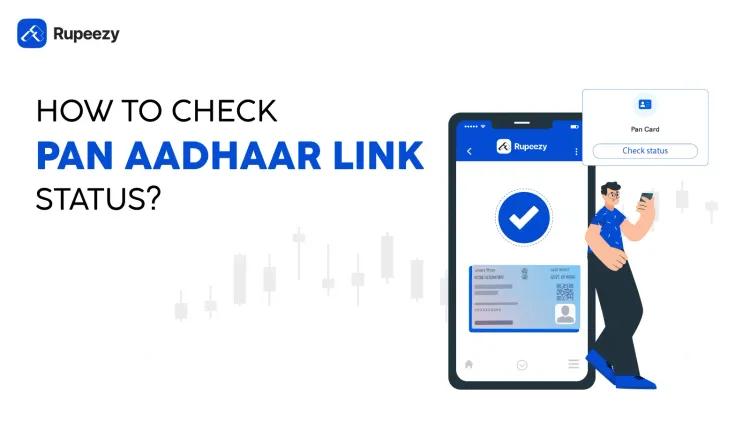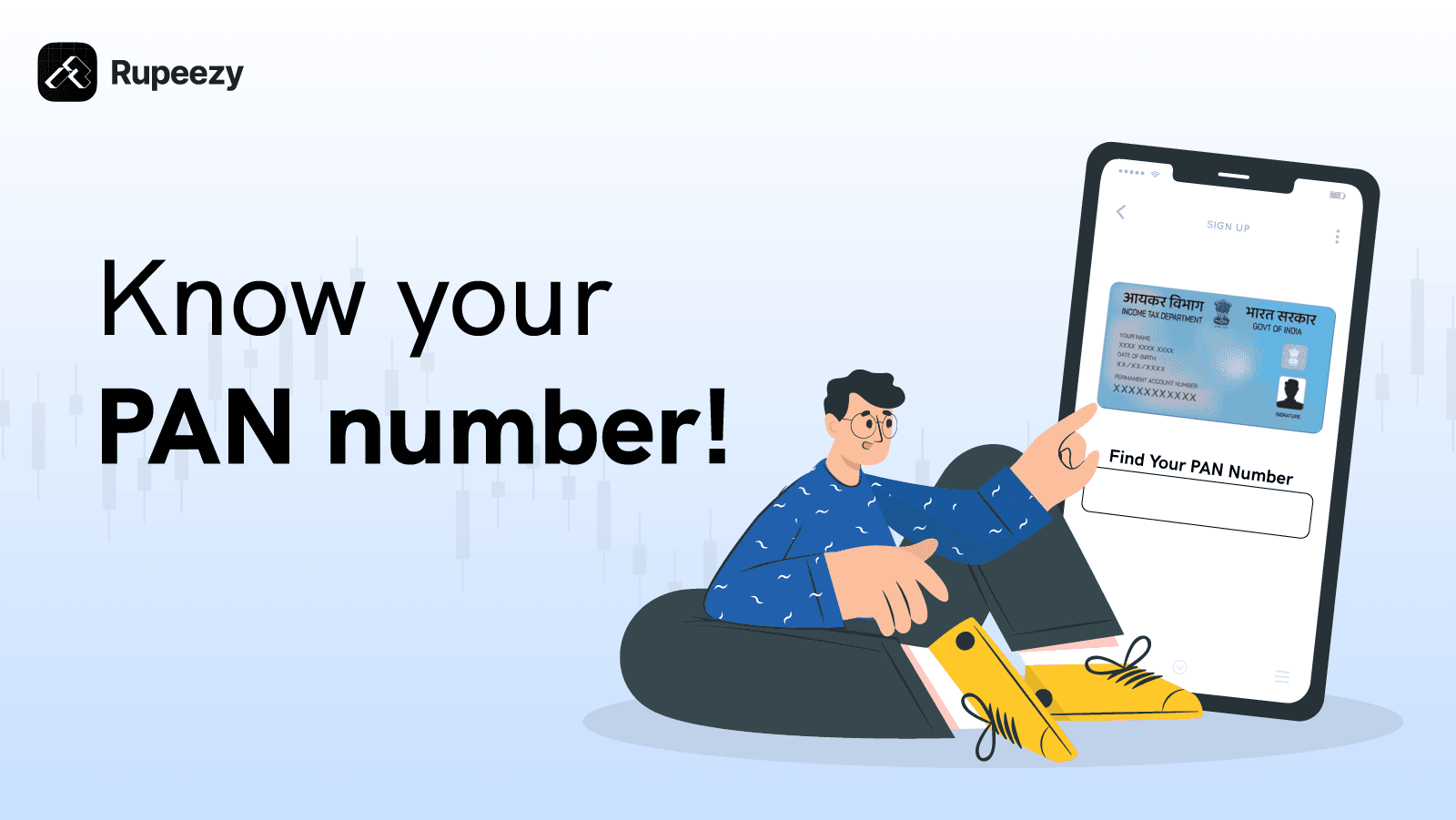What Is BO ID in CDSL, and How to Find BO ID Easily


00:00 / 00:00
Trading in stocks is not as easy as it sounds. With so many options to invest in and various terms to understand, it can be hard for a beginner to make a profit. But the first thing that you need to understand when you open your trading and demat account is your identity number.
This number is your BO ID. It helps the system recognize your account. Through this, you can link every share, transfer, and transaction to you. If you want to use your demat account smoothly, understanding what is BO ID is and how to find it is the first step.
So, let us start by understanding what is BO ID is in CDSL and NSDL.
What Is BO ID?
A BO ID is the unique identification number. It is given to every demat account holder. BO means Beneficial Owner. It is the person who legally owns the securities. This number allows the depository to identify your account and link all your holdings and transactions to you.
You use it when you buy and sell shares or check your demat statement. It is also used for transferring securities. In short, your BO ID is the address of your demat account inside the depository system.
How Is BO ID Designed in NSDL and CDSL?
The BO ID format is different in both depositories, which are the NSDL and CDSL. But the aim of BO ID for both of these is the same. It helps to identify the broker and your individual demat account. The details of the format for both are as follows:
CDSL Format
The BO ID is a 16-digit number. It is fully numeric.
The first 8 digits represent the DP ID of your broker.
The next 8 digits represent your Client ID.
Together, they form a single 16-digit BO ID.
NSDL Format
The BO ID starts with the letters IN, followed by 14 digits.
The IN part identifies NSDL.
The remaining digits include your DP ID and your Client ID.
This combination is your complete 16-character BO ID.
Here is a table showing the examples of both the BO IDs:
Depository | BO ID Format | Structure | Example |
CDSL | 16 digits (numbers only) | First 8 digits are DP ID, next 8 digits are Client ID | 12098765 12345678 |
NSDL | IN + 14 digits | Starts with IN, followed by DP ID and Client ID | IN302569 12345678 |
Importance of BO ID
Your BO ID is important as it helps you to identify the demat account in the depository system. But there are other reasons as well, which make it important when you trade in shares and stocks.
Here are the key reasons why BO ID matters.
Identify your demat account in the depository system.
Ensures with right credit and debit of shares while trading.
Helps with off-market transfers and pledging.
Allows you to access and verify your demat statements.
Support in the reconciliation and tracking of the holdings.
Where to Find Your BO ID
You can find your BO ID easily on your broker’s platform. It is available in your demat account section. Many brokers show it under profile, account details, or personal information. You can also find it in your welcome letter, your eCAS statement, or your monthly statements. If you still cannot locate it, you can contact your broker, and they will share your BO ID.
BO ID vs DP ID
Many investors confuse DP and BO ID. But both of these are different in nature. Here are the main points of difference to know.
Detail | BO ID | DP ID |
Meaning | Unique ID for the demat account holder. | Unique ID for the broker or platform. |
Purpose | Identifies personal demat account. | Identifies the platform of the demat account. |
Format in CDSL | 16-digit number | First 8 digits of the BO ID |
Format in NSDL | IN + 14 digits | Starts with IN and forms the DP part of the BO ID |
Who Owns It | The investor or Beneficial Owner | The broker or DP |
Usage | Needed for trading, transfers, and statements. | Used to route your account through your broker. |
Conclusion
Your BO ID is one of the simplest yet most important details linked to your demat account. It helps the depository identify you, which helps ensure the right movement of the shares in and out of your demat account. Hence, knowing where to find it and how to read it becomes very important.
And if you want a smooth investing experience with easy demat access, simple onboarding, and fast support, you can explore Rupeezy for your trading and investment needs.
FAQs
What is the BO ID in CDSL?
It is a 16-digit number that identifies your demat account. The first 8 digits are the DP ID, and the next 8 digits are your Client ID.
Is the BO ID and the demat account number the same?
Yes. Your BO ID is your demat account number in CDSL or NSDL.
Where can I check my BO ID online?
You can check it in your broker app or website under account details, profile section, or demat details.
Does NSDL have a BO ID?
Yes. NSDL BO ID starts with IN and is followed by 14 digits.
Can I change my BO ID?
No. Your BO ID is fixed once your demat account is created and cannot be changed.
The content on this blog is for educational purposes only and should not be considered investment advice. While we strive for accuracy, some information may contain errors or delays in updates.
Mentions of stocks or investment products are solely for informational purposes and do not constitute recommendations. Investors should conduct their own research before making any decisions.
Investing in financial markets are subject to market risks, and past performance does not guarantee future results. It is advisable to consult a qualified financial professional, review official documents, and verify information independently before making investment decisions.

All Category










